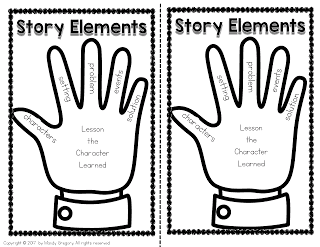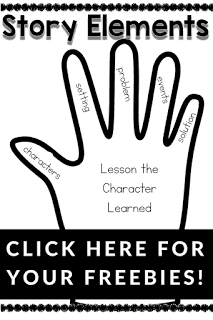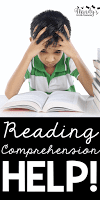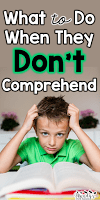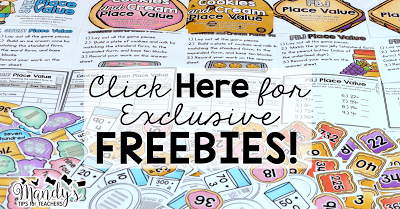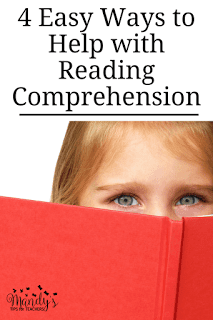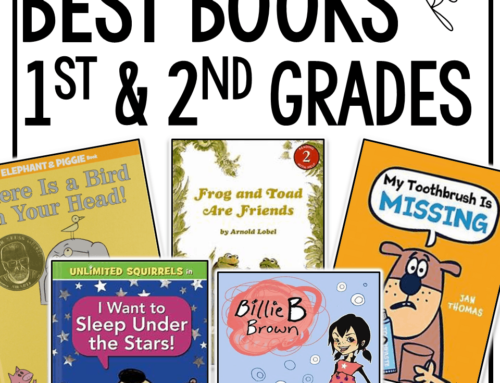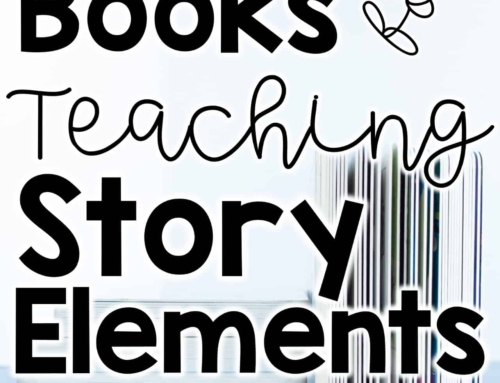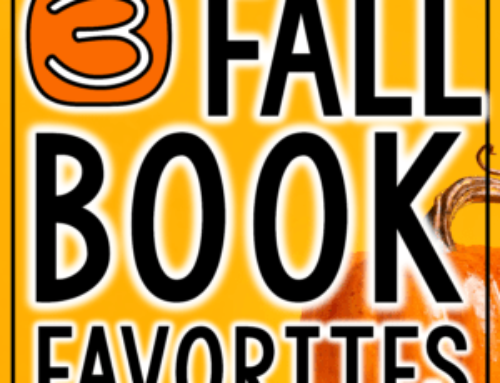I wrote a post at the end of November about how to support struggling readers. You can check out that blog post here. I will be continuing this series to focus on several strategies to support ALL readers. Today’s post will focus on supporting students that struggle with reading comprehension.
Personally, I feel like these are some of the most difficult readers to work with. They sound beautiful and fluent when they read, so often, there are no external “clues” of where the break down occurs. So how can we “fix” the problem?
Here are 4 EASY tips (with FREEBIES to match!) to help students that are struggling with reading comprehension.
Metacognition Monster
Does the student monitor for meaning? If not try the “Monitoring Monster.” Ask students to draw a monster on the bookmark. It can look any way they want it to, encourage them to use their imagination. After students draw their monsters, explain that the monster helps us monitor, or make sure we are understanding the story. The monster will help us as we read.
Younger students can simply read a page and then tell their monster bookmark what they just read about. Older students can read and use the checklist at the bottom of the bookmark as a guide to understanding what they read.
This strategy is a great and simple way to make students aware they have to think about what they are reading. Some kids do not realize reading is much more that word calling.
Retelling Hand
Some students may have difficulty retelling a narrative story. A simple way to help with this challenge is to teach students the Retelling Hand. This gives students a kinesthetic way to help remember story structure.
To begin, you can write the story elements on the matching fingers of a gardening glove. Students can put on the glove, and touch the word prompt while retelling the story. Then, students can retell the story by simply looking at the picture of the Retelling Hand. When students are ready, they will be able to retell the story without any picture or glove because they have internalized the story structure.
Reading Red Light
Another way to keep students thinking about their reading is the Reading Red Light. This is a way for students to realize that we think about our reading before, during, and after we actually read the text.
Start by showing the students the stoplight. Then, explain that just like a stoplight has three parts, so does our reading. We think about our reading before, during, and after we actually read.
You can color code the red light hand out (red, yellow, green from top to bottom). Give students matching colored post-its (pink if you can’t find red!). Then, before reading the text ask students to orally answer the questions from the “Ready” section and have students write them on the pink post-it. Allow students to read part of the text. On a yellow post-it, have students answer some of the yellow “Read” questions. Finally, after reading the text, have students answer the “remember” questions on a green post it.
Explain to students that we may not always write these answers, but we always need to be thinking about them as we read.
Jump into the Story
Jump into the Story is a great strategy for students that have difficulty with inferring what is happening in the story, and/or inferring about the characters. It is best to use this strategy with a text that has great illustrations.
While reading the book, stop on a page with a wonderful illustration. Then ask students to jump into the story. This means that they pose and move to look like a character in the story. Basically, create a visual tableau of the picture from the book.
Explain to students that they are the character they are posed as. Ask students inferential questions about the text. Have students answer as the character. “How is your character feeling right now? Why do you think that?” This literally “puts the students in the character’s shoes” and can give them a better reference for answering questions.
Mandy Gregory is a 2007 and 2012 Teacher of the Year. She has taught Kindergarten- 4th grades in both the general education and inclusion settings. She is currently a 1st grade Special Education teacher. She is the owner and creator of Mandy’s Tips for Teachers website (www.mandystipsforteachers.com) and has over 13 years of teaching experience. She is married with two beautiful children.




